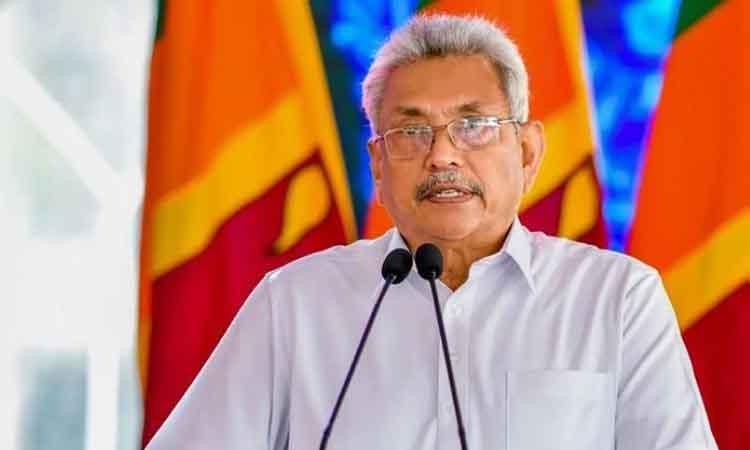After months of massive public protest, Sri Lanka President Gotabaya Rajapaska informed the Speaker on Saturday that he would resign from the Presidency on July 13.
President Rajapaksa informed Speaker Mahinda Yapa Abeywardene of his decision to resign, he said.
As soon as the news broke, people set off firecrackers.
Following a massive public march to Colombo on Saturday morning and the forcible occupation of the President’s House, Prime Minister Ranil Wickremesinghe requested that the Speaker convene all political party leaders to discuss how to resolve the crisis.
A majority of party leaders agreed to depose the President and Prime Minister and appoint a temporary President and all-party government for a set period of time until a new election to form a government is held.
President Rajapaksa, who has not been seen publicly since Friday night, has stated that he will agree to any decision made by the party leaders.
Following the all-party meeting, the Speaker wrote to the President and Prime Minister, urging them to step down to allow for a peaceful transition of power.
Beginning on March 31, when President Rajapaksa’s private residence outside Colombo was surrounded by protesters demanding his resignation amid the island’s growing financial crisis, protests continued throughout the island under the banner “Gota go home.”
Protesters surrounded the President’s office at Galle Face Green on April 2 and blocked its entrance, continuing to demand that he resign.
With no fuel, the country was effectively shut down for two weeks beginning June 27, but people planned to march on Colombo to demand that the President resign.
Source:OCN







 Finance
Finance







